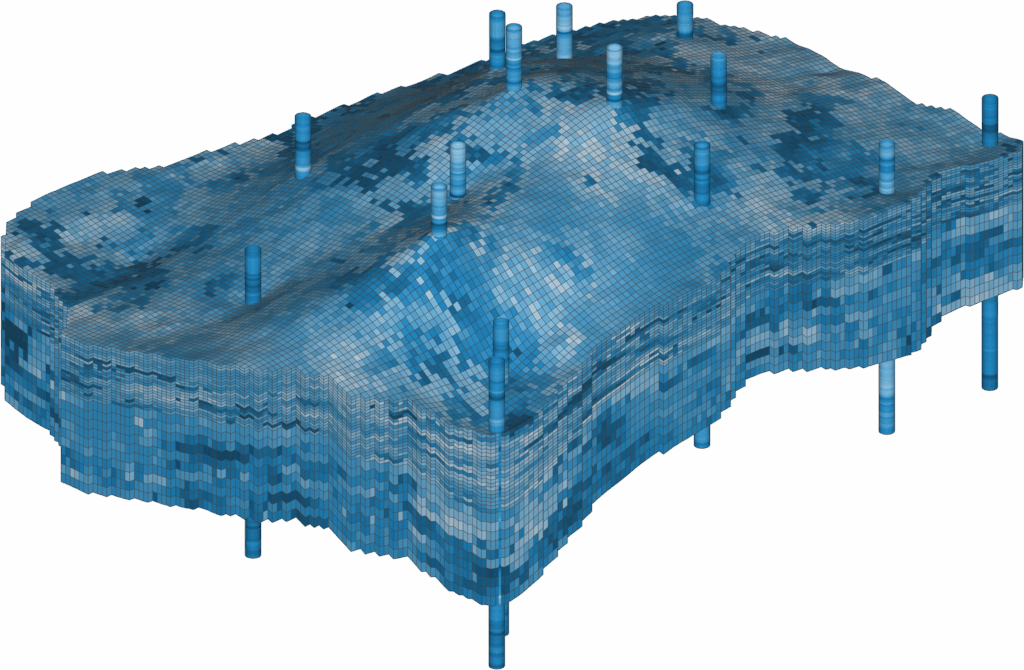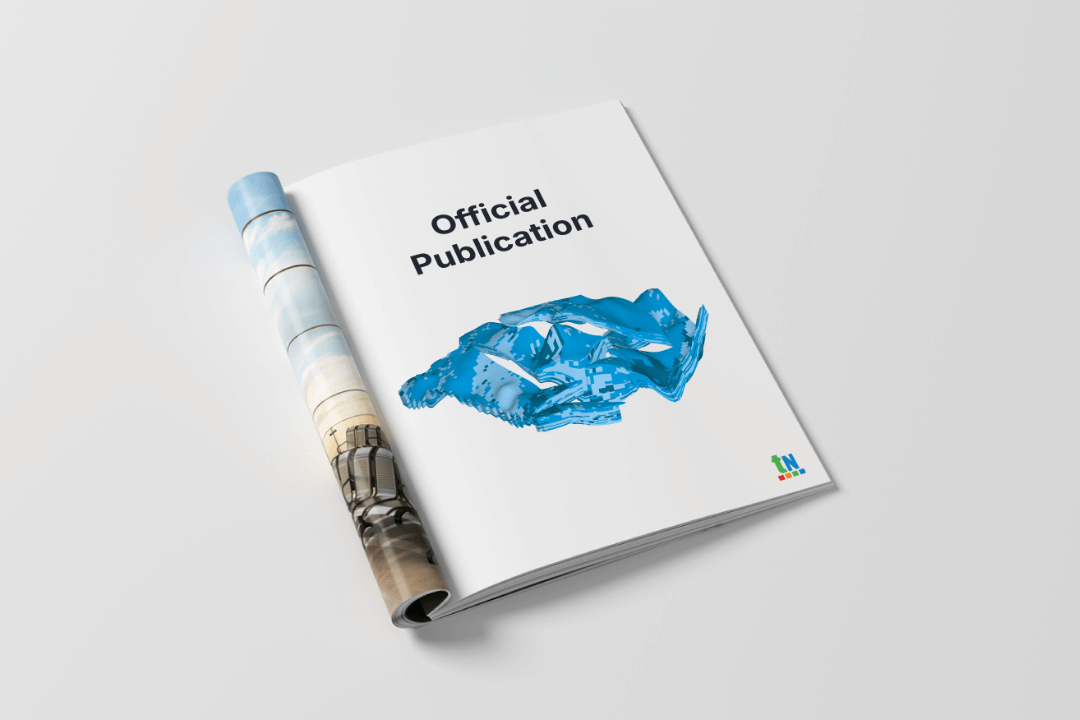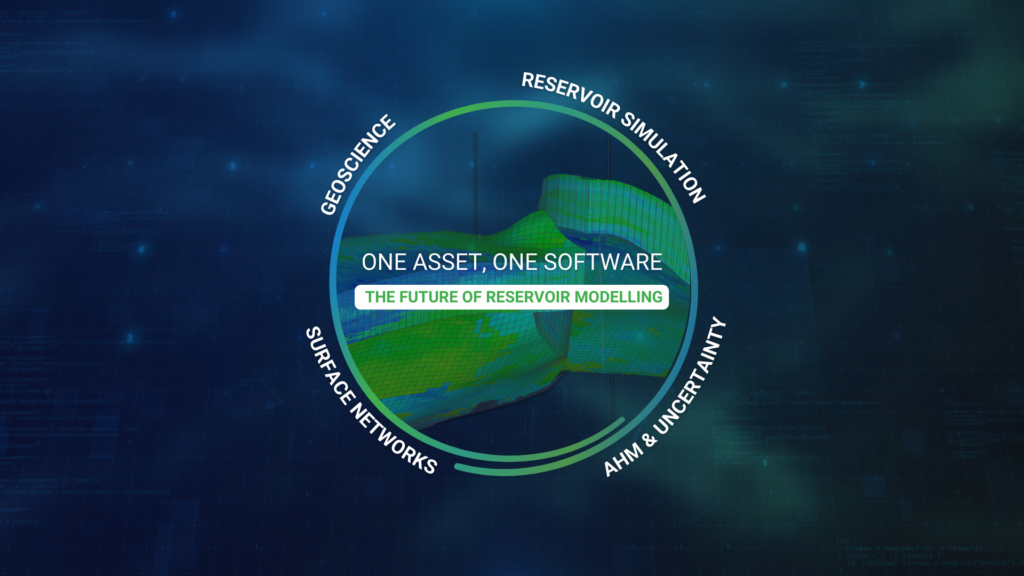Publications
5th June 2023
Analysis of Well Production Data Using Functional Data Analysis
This study employs novel ensemble-based statistical techniques for type-well analysis to quickly analyze the production data from multiple wells in a reservoir. The method is based on functional principal component analysis (FPCA) that accounts for measurement noise and the sparsity of the production timeseries. In particular, the sparse FPCA method is used, which can extract …




